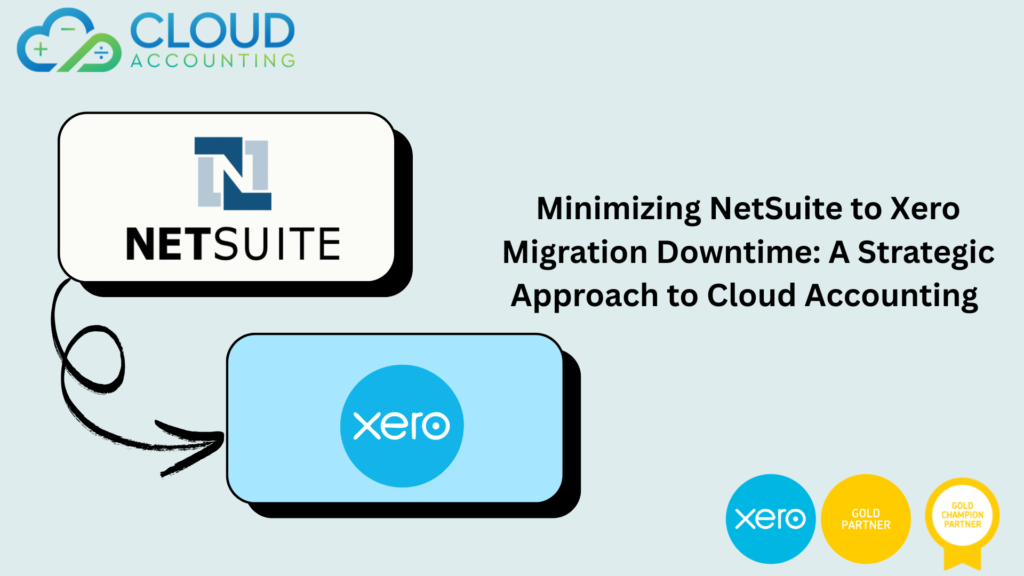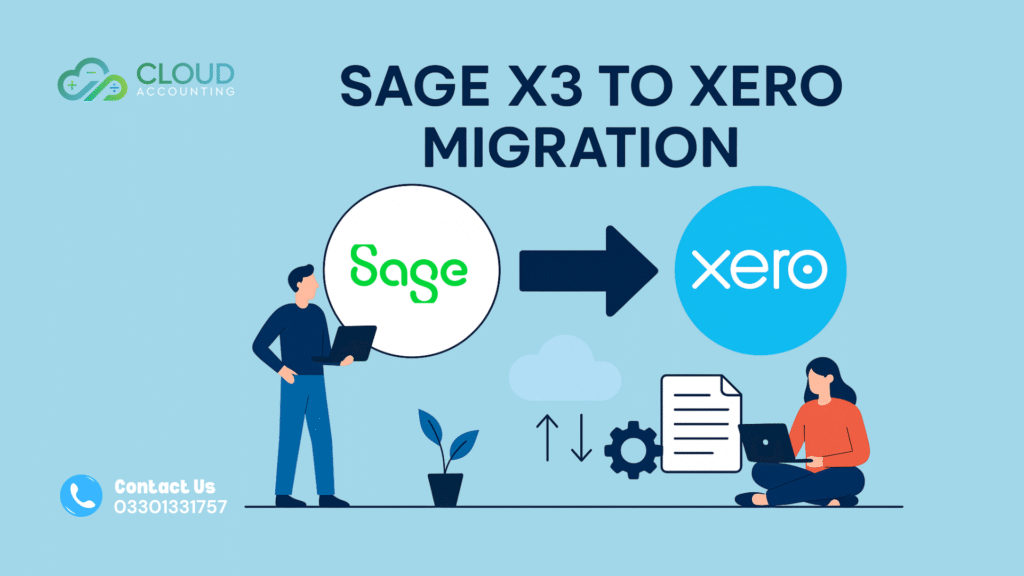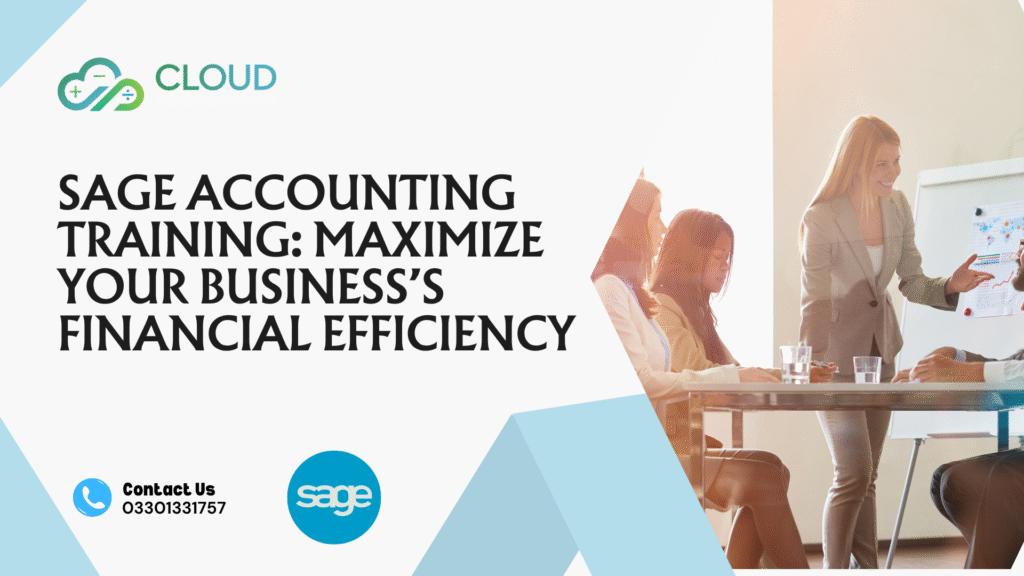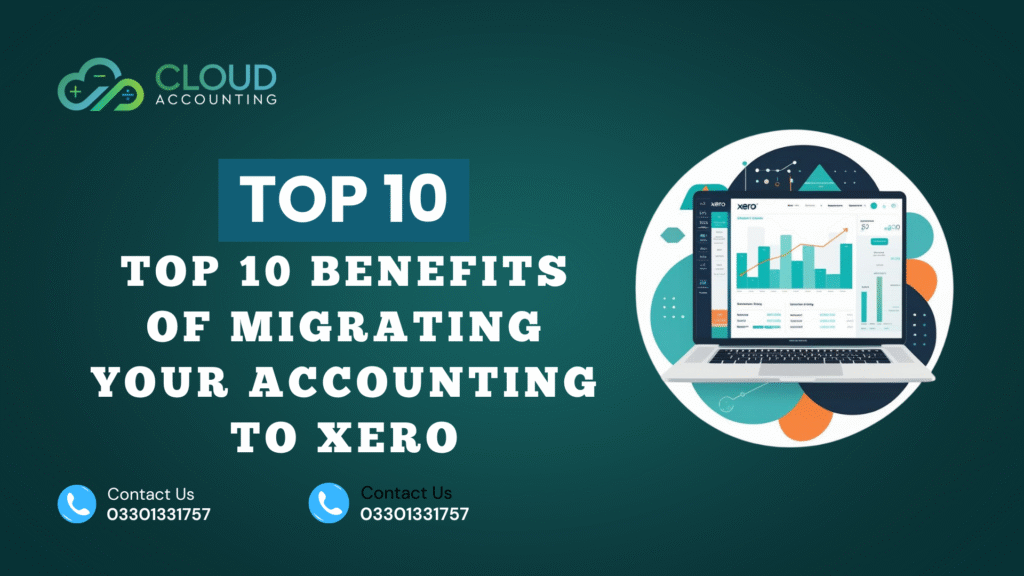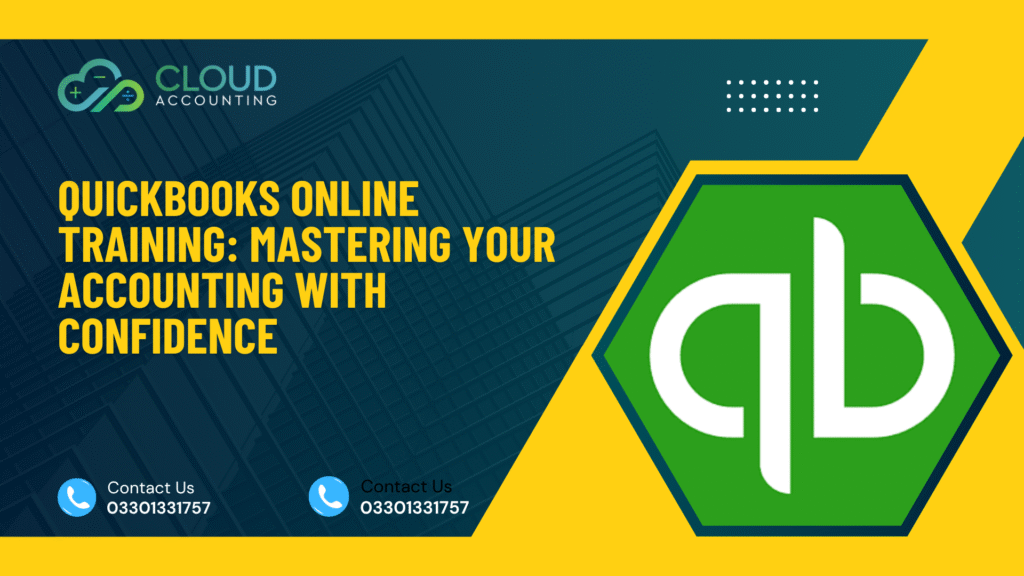Migrating from a powerful ERP platform like NetSuite to a cloud-based accounting solution such as Xero is a significant move for any organization. This transition is often driven by the need for increased agility, lower operational costs, and a more user-friendly financial system. However, one of the most critical concerns during this process is managing NetSuite to Xero migration downtime—the period during which data transfer, system setup, and testing may interrupt normal business operations.
Unplanned downtime can lead to disrupted workflows, inaccurate financial reporting, revenue delays, and frustrated staff. That’s why it’s essential to plan the transition strategically, with a strong emphasis on minimizing downtime and maintaining operational continuity.
This guide explores the key challenges of moving from NetSuite to Xero and provides actionable strategies to ensure a smooth, efficient, and disruption-free migration.
Understanding the Complexity of NetSuite to Xero Migration
Before initiating the migration, it’s important to understand the structural and functional differences between NetSuite and Xero.
- NetSuite is a full-scale ERP system designed for larger enterprises, offering advanced capabilities like inventory management, CRM, and eCommerce integrations.
- Xero, by contrast, is a modern, cloud accounting platform that emphasizes simplicity, accessibility, and streamlined financial operations—ideal for small to mid-sized businesses seeking greater flexibility.
The differences in system architecture mean migration is not a simple data dump—it’s a transformation of your financial infrastructure. NetSuite’s complex chart of accounts, custom fields, and workflows must be carefully mapped and restructured to align with Xero’s simpler setup.
This requires:
- Detailed data mapping between systems
- Workflow realignment
- Reconciliation of financial records
- Custom integration planning
Skipping or rushing any of these steps can lead to data inconsistencies, reporting errors, and operational setbacks.
5 Proven Strategies to Minimize Downtime During NetSuite to Xero Migration
To ensure minimal disruption during your cloud accounting, follow these best practices:
1. Clean and Validate Data Before Migration
Data integrity starts with preparation. Perform a comprehensive review of your NetSuite data:
- Remove duplicates and inactive records
- Update vendor and customer details
- Reconcile transactions and ensure reports are accurate
This reduces errors during the migration and speeds up the process by ensuring only clean, validated data enters your new Xero environment.
2. Adopt a Staged, Phased Migration Approach
Avoid a full-system cutover in one go. Instead:
- Migrate in stages (e.g., chart of accounts → open transactions → historical data)
- Run parallel systems during critical periods
- Test each phase before full deployment
Conducting pilot migrations on smaller datasets allows you to identify issues early, correct mappings, and build confidence for full migration.
3. Leverage Automation and ETL Tools
Manual processes are slow and error-prone. Use ETL (Extract, Transform, Load) tools or third-party migration platforms that:
- Automate data extraction and transformation
- Map fields accurately between systems
- Preserve transactional history and attachments
Automation minimizes human error and significantly reduces downtime during the cutover process.
4. Ensure Financial Data Reconciliation and Accuracy
Your finance team should verify that balances match before and after migration. This includes:
- Comparing trial balances
- Checking invoice and payment histories
- Validating tax codes and audit trails
Reconciliation reports should be part of your migration checklist to ensure continuity in financial reporting and compliance.
5. Prepare for the Unexpected with a Contingency Plan
Downtime can still occur due to unforeseen API issues, data mismatches, or system errors. Prepare by:
- Keeping backups of NetSuite data
- Documenting every migration step
- Having IT and accounting teams ready during the transition window
In case rollback is necessary, having a clear recovery plan ensures business continuity.
Supporting Business Continuity During the Cloud Accounting
Smooth migration is more than just data movement—it’s about ensuring your business keeps running.
- Run systems in parallel temporarily to avoid service disruption
- Maintain open communication with all stakeholders, including employees and external partners
- Deliver training to your team on how to use Xero effectively post-migration
For large or multi-entity businesses, consider phased rollouts by department or region to contain and manage any disruption locally rather than company-wide.
Why Cloud Accounting Is the Right Migration Partner
At Cloud Accounting, we specialize in helping businesses navigate complex migrations from NetSuite to Xero with minimal downtime. Our experienced team uses structured frameworks, automation tools, and best practices to ensure a seamless transition.
We offer:
- Expert-led data mapping and reconciliation
- API-based integration solutions
- Comprehensive pre- and post-migration support
- User training and process optimization
Our mission is to help businesses move to the cloud with confidence, clarity, and continuity.
Ready to Make the Switch?
If you’re planning a move to Xero, don’t leave your migration to chance. Partner with professionals who can guide you through the process, safeguard your data, and minimize business disruption.
Contact Cloud Accounting today for a free consultation and discover how we can help make your NetSuite to Xero transition fast, secure, and stress-free.

Conclusion
Migrating from NetSuite to Xero is a pivotal moment in your financial transformation journey. While the shift to cloud accounting brings agility and long-term efficiency, it’s essential to plan the transition carefully to avoid costly downtime and operational setbacks.
By applying structured strategies and working with experts like Cloud Accounting, your business can achieve a seamless migration with minimal disruption—setting you up for future success in the cloud.


